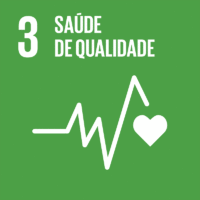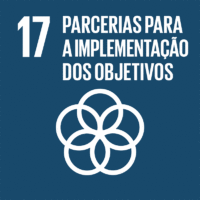Ciência-IUL
Publicações
Descrição Detalhada da Publicação
High levels of hybridization between molecular forms of Anopheles gambiae from Guinea Bissau
Título Revista
Journal of Medical Entomology
Ano (publicação definitiva)
2008
Língua
--
País
Estados Unidos da América
Mais Informação
Web of Science®
Scopus
Google Scholar
Abstract/Resumo
In the malaria vector Anopheles gambiae Giles sensu stricto, two molecular forms denoted M and S are considered units of incipient speciation within this species. Very low hybrid frequencies and significant genetic differentiation have been found in sympatric M- and S-form populations. We studied the molecular form composition and the degree of genetic differentiation at 15 microsatellites in two samples of An. gambiae collected in two consecutive years from Bissau, Guinea Bissau. High frequencies of M/S hybrids (19–24%) were found in this area. Coincidently, very low levels of genetic differentiation were detected between forms when analysis involved microsatellites mapped at chromosome-3 (mean Fst, 0.000–0.002). The single exception was the X-linked AGXH678, for which high differentiation was measured (Fst, 0.158–0.301). This locus maps near the centromere of chromosome X, a low recombination region in which selection is likely to promote divergence between M and S forms. These results strongly suggest that the degree of isolation between M and S forms, considered the units of incipient speciation within An. gambiae, is not homogenous throughout the species distribution range.
Agradecimentos/Acknowledgements
--
Palavras-chave
Anopheles gambiae,molecular forms,hybrids,speciation,Population Biology,Genetics,malaria,Africa,Guinea-Bissau,vector-borne diseases
Classificação Fields of Science and Technology
- Ciências Biológicas - Ciências Naturais
- Outras Ciências Médicas - Ciências Médicas
Contribuições para os Objetivos do Desenvolvimento Sustentável das Nações Unidas
Com o objetivo de aumentar a investigação direcionada para o cumprimento dos Objetivos do Desenvolvimento Sustentável para 2030 das Nações Unidas, é disponibilizada no Ciência-IUL a possibilidade de associação, quando aplicável, dos artigos científicos aos Objetivos do Desenvolvimento Sustentável. Estes são os Objetivos do Desenvolvimento Sustentável identificados pelo(s) autor(es) para esta publicação. Para uma informação detalhada dos Objetivos do Desenvolvimento Sustentável, clique aqui.

 English
English


